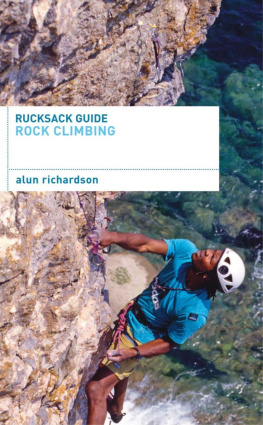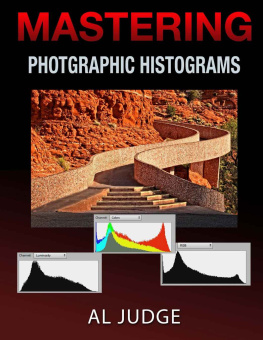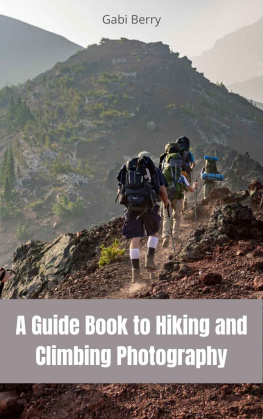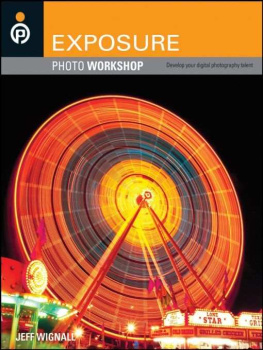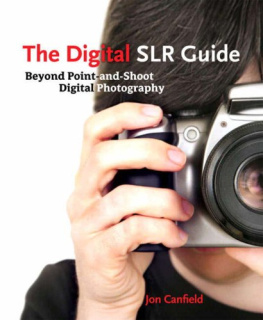Alexandre Buisse was born in Lyon, France. Growing up there meant frequent trips to the Alps, often to the Chamonix valley, which planted the seeds for his love of the mountains. Ironically, it wasnt until he moved to flat Scandinavia that, pushed by a friend, he took up climbing. He has since traveled and climbed on four continents and in most major world ranges.
Alexandre began taking a serious interest in photography in 2005just in time for his 20th birthdayand hasnt put his camera down ever since. His initial motivation was to record and share the wonderful views that he encountered while hiking in the French Alps and, later, on his mountaineering expeditions. Though he also shoots in urban environments, his heart decidedly lies with nature and adventure photography.
He currently lives in Denmark, where he is switching careers from academic research to full-time adventure photography; he plans to move back to France soon.
Acknowledgments
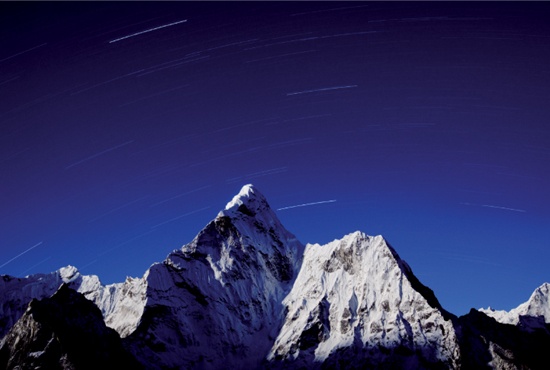
Star trails over Ama Dablam, Khumbu, Nepal. October 2010.
I owe a great deal of gratitude to many people for helping me put this book together.
Michael Reichmann, from The Luminous Landscape (www.luminous-landscape.com), was the first to give me a chance to publish what was then only a lengthy article on mountain climbing photography. The team at Rocky Nook Publishing, especially Gerhard Rossbach and Joan Dixon, then trusted me to turn that article into a book, convincing me to add hiking in its covered activities.
I have learned so much from other photographers and filmmakers that I could not possibly thank them all. Ian Parnell, Andrew Burr, Cory Richards, Paul Diffley, and Deirdre Mulcahy were all of tremendous help. In addition, and though I havent had the chance to meet them, Galen Rowell, Jimmy Chin, Ansel Adams, Renan Ozturk, Jon Griffiths, and Cedar Wright are big influences in my work, and they continually demonstrate that photography or film is truly a grand adventure.
I have also benefited from the sharp eyes of many friends who agreed to read drafts at the various stages of writing. In particular, Samuel Thibault and Rune Bennike were incredibly helpful and read the whole thing several times. Jules Villard, Emmanuel Jeandel, Olivier Aumage, Tarik Kaced, and Thomas Ljungberg have all contributed as well.
The website reddit.com, and in particular, the users Mamoon Siddiqui and Grant, helped me find a title more amusing than just Climbing and Hiking Photography.
Finally, I probably owe my biggest debt to all the athletes and regular folks who keep heading into the mountains, somehow managing to bear the guy with a camera who keeps following them.
I dont know why I love the sound of a shutter so much. Its such a simple, short burst of energy, but it is so loaded with meaning. Im still trying to figure out how such a soft sound can speak so loudly.
Ive never thought of myself as a particularly talented photographer. In fact, the more Ive shot, the less comfortable Ive become with identifying myself as a photographer in general. As an artistic medium, photography is readily accessible to everyone, and no ones vision is any more or less valid than anothers. That said, Ive learned some things along the way (almost always by totally screwing something up) that have become vital in my photography.
The image creation process, reduced to its simplest form, is an easy one: move through your environment with open eyes and your gear readily accessible. The rest is up to you. I have realized however, the more I shoot, either during a sequence or during an expedition as a whole, the better the results. If you want to be the best photographer in the world, take the most pictures. Simple right? In theory: yes. But remember, its not so easy to take photos when you are crawling from a cramped tent at 7,000 meters in the Himalaya. This advice doesnt seem so basic when your frozen fingers fumble across the camera buttons like a dogs paws across the piano keys.
In addition, take your environment into account. Not only should you be aware of it, but you should also respect it and the challenges it might bring. Anticipate what it will take to get the shot you are looking for, knowing that the climb is going to be harder for you than anyone else in your party. But remember the reward of nailing that perfect shotso get up, get out, and get it done! Light doesnt last forever, and two minutes can make all the difference between a mediocre shot and a great one. This advice comes from a guy who has shot a lot of mediocre stuff. Trust me, the attention to detail is important, and it took me a long time to learn that lesson.
But attention to detail doesnt start and stop in the creation of a single image or photo story. You must also pay attention to a lot of other details, especially while climbing. I remember shooting rock-climber Sonnie Trotter in Majorca, Spain. After quickly building what I thought to be an adequate anchor in rapidly dying light, I dropped over the edge above the Mediterranean. Sonnie started climbing into position as I pulled out my camera. The next thing I knew, I was falling headfirst toward the lukewarm waters 50 feet below. So much for attention to detail! I forgot to pay due attention to my anchor, the one thing that was keeping me off the ground. Because I hadnt anticipated the light, disrespected the environment I was shooting in, and rushed through an important safety check, all in an attempt to get a shot, I was hurdling headlong into shallow water. Five thousand dollars and a severely bruised ego later, I was back in business. It was a costly and dangerous lesson to learn.


